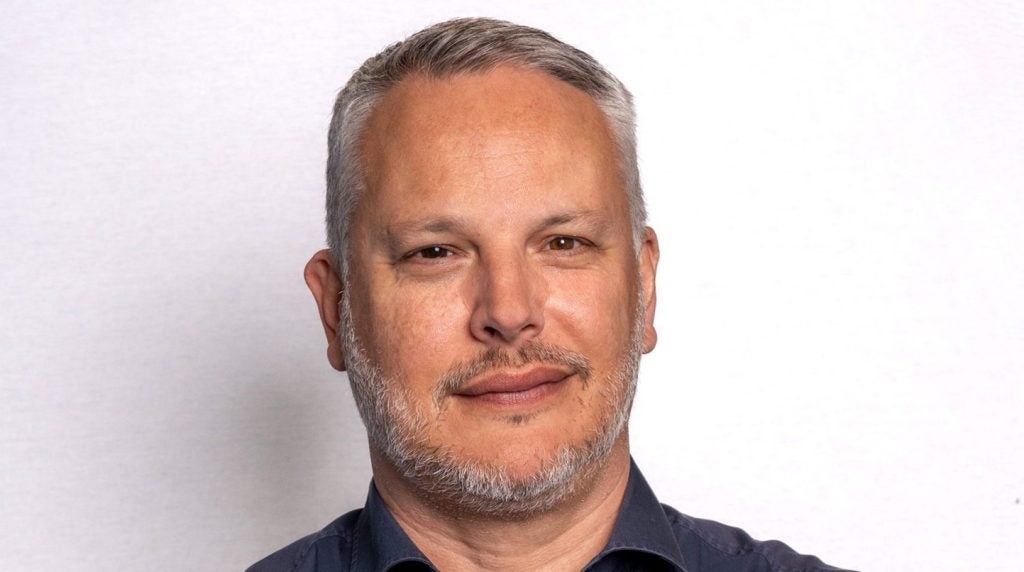
Despite Moore Stephens UK reporting that a 1% interest rate would cost UK businesses an extra £2.05bn (2.59bn) in borrowing costs, leasing industry experts have insisted they are not worried.
The Moore Stephens report came on the back of Bank of England governor Mark Carney suggesting interest rates could increase up to 2.5% in the medium term.
According to Moore Stephens, just a 0.25% interest rate could increase lending costs by over half a million pounds, while a 0.5% increase in interest rate would cause costs to increase by over £1bn.
Michael Finch, partner in Moore Stephens UK’s restructuring and insolvency team said; “The economy is definitely improving, but interest rates rises could threaten the recovery. We need to ensure that the increase in interest rates is the equivalent of taking away the punchbowl, not turning off the oxygen.
“Businesses need to be realistic and start budgeting for a higher cost of debt now so that they are not caught out when interest rates do go up.”
However speaking to Leasing Life Mike Francis, head of asset finance at Investec, said a rise in interest rates, though probably inevitable, was not necessarily detrimental to the asset finance industry. “Even when the underlying cost of raising liquidity increases and a semblance of normality returns to the market, asset finance will continue to be cheaper for businesses than using their own capital,” he said.
How well do you really know your competitors?
Access the most comprehensive Company Profiles on the market, powered by GlobalData. Save hours of research. Gain competitive edge.

Thank you!
Your download email will arrive shortly
Not ready to buy yet? Download a free sample
We are confident about the unique quality of our Company Profiles. However, we want you to make the most beneficial decision for your business, so we offer a free sample that you can download by submitting the below form
By GlobalDataCarl D’Ammassa, managing director of Aldermore Asset Finance, agreed, and said; “A rise in interest rates would inevitably increase the cost of taking out asset finance, however we feel that any increase would be slow rather than overnight. I’m confident that asset finance products will remain an affordable financial solution,” said D’Amassa.
“Even with an increased interest rate I could quite easily see the asset finance industry return to its pre-crisis high of £30bn within the next five years.”
When asked if asset finance had benefitted from the low levels of interest rates, D’Ammassa said; “Since Aldermore’s creation in 2009 we have been in a state of permanently low interest rates. In this period Aldermore’s asset finance team has grown steadily, as has the use of asset finance in general.”
For Francis, the bigger risk to increasing the overall cost of borrowing for customers is the availability and cost of capital for financial institutions.
Under Basel 3, these institutions are obliged to hold larger amounts of capital for loss absorption. Francis said this will mean the rates customers pay would likely increase for many lenders to simply maintain their current returns, with a failure to do so resulting in capital and liquidity disappearing from the market and into high yielding structures.
“Given the modest increase in interest rates forecast over the next few years this rebalance of capital will have a much greater impact on pricing in the medium term,” he said.
Philip Shaw, Investec’s chief economist revealed to Leasing Life that the Bank forecast is a “relatively early, but slow” increase in rates. A November 2014 hike seems the most likely outturn, and our forecasts envisage the Bank rate at 0.75% at the end of this year, 1.5% at the end of 2015 and 2.25% at end-2016.”
Similarly, D’Ammassa said; “With the economy improving I feel that an interest rate rise before the end of the year is likely.”







